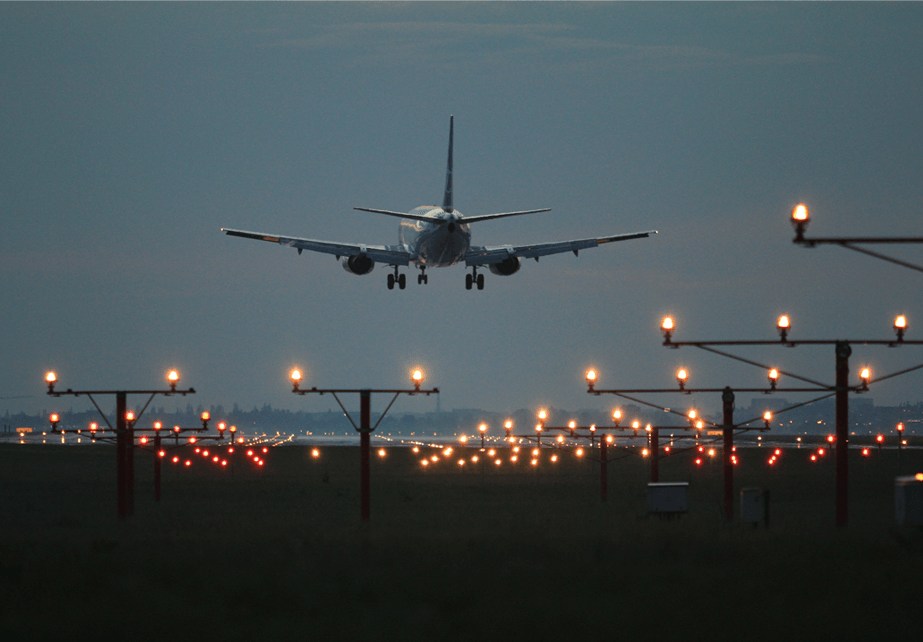Are connecting flights always cheaper than nonstop ones?
Not always, but they often are. A one-stop flight can sometimes save anywhere from $68-$113 compared to a nonstop route. For example, Chennai to Frankfurt through Muscat is typically cheaper than through Singapore. However, balance cost with total travel time and layover comfort before choosing.
How can I avoid price hikes caused by repeated searches?
Airlines and booking engines may raise fares based on your search activity. To prevent this, use private browsing (incognito mode) or clear cookies between searches. This ensures you are seeing genuine, unbiased prices.
Can the same route show different prices on two devices?
It can. Airlines and booking platforms track user activity through cookies and browsing history. Searching repeatedly from the same laptop or phone can sometimes trigger higher displayed fares. Try using a different device or private browser window for a more accurate rate comparison.
What is the best way to use travel points or airline miles?
Redeem miles during off-peak seasons when availability is higher and redemption rates are lower. For example, 60,000 miles might secure a premium seat in March but could require $960 or more in July. Points deliver the best value on long-haul international flights.
Is it cheaper to book round-trip tickets or two one-way tickets?
Round trips are not always cheaper. For some routes, two one-way fares on different airlines can beat a round-trip price, especially if there?s competition between carriers. However, round-trip tickets may offer better protection during delays or cancellations on connected legs.
Are night flights and red-eye departures usually cheaper?
Yes, late-night or early-morning flights often cost less because they?re less convenient. Red-eye flights on popular international routes can save 10?20% compared to daytime departures and often have shorter security lines and faster boarding.
Does the route direction affect price?
Yes. Flights from India to the USA are often pricier than the return leg because of higher outbound demand and seasonal travel peaks. Routes like Delhi to New York or Mumbai to San Francisco usually cost more eastbound than westbound.
Can I combine cash and miles for one international booking?
Many airlines now allow part-payment using miles, which can reduce costs while preserving flexibility. Even partial redemptions on high-demand routes can lead to meaningful savings.
Can I mix airlines safely on one itinerary?
Yes. It can help you save money, but check if the airlines work together and will transfer your baggage automatically. If not, allow extra time between flights to collect and recheck your bags.
